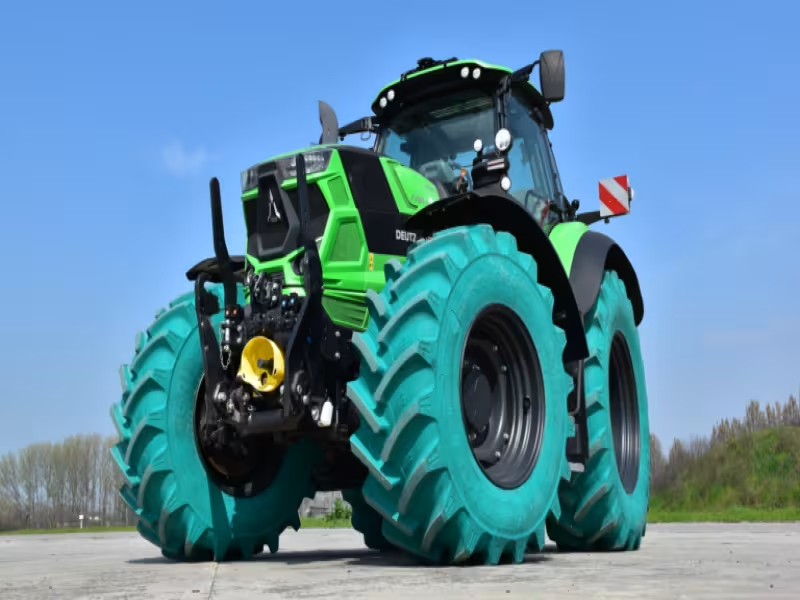
SHERIDAN, WYOMING – August 8, 2025 – Farmers know that the right tires can mean the difference between a smooth harvest and a season of struggles — and GRI Tires has just given them a serious reason to upgrade. Fresh off rigorous testing by the Provana Group, GRI’s agricultural tire range has proven it’s not just meeting industry standards — it’s exceeding them in multiple real-world performance areas.
The testing, carried out in both lab and live field conditions, evaluated traction, fuel efficiency, slippage, self-cleaning ability, soil compaction, and rolling circumference. The results? GRI’s green-branded tires came out ahead in almost every metric, promising a blend of durability, efficiency, and environmental care that farmers can actually feel in day-to-day work.
Why This Matters for Farmers
When you’re managing hundreds of acres, a tire isn’t just rubber and tread — it’s part of the machinery that keeps the business moving. Stronger traction means less time stuck in muddy fields, better fuel efficiency lowers running costs, and improved soil protection keeps farmland healthy for years to come.
“This collaboration with Provana Group has been instrumental in validating the strength and superior performance of our tires,” said Barry Guildford, global commercial director at GRI. “The findings clearly demonstrate that GRI’s agriculture tires deliver measurable advantages in the field — outperforming standard industry offerings in efficiency, durability and environmental impact.”
From Testing Grounds to Real Farms
Provana’s assessment wasn’t just a quick spin in a controlled environment. The testing was done in realistic working conditions, simulating the challenges farmers face during planting, cultivating, and harvesting. This approach gave a true-to-life measure of how GRI tires perform when put to the test.
Provana praised the results, noting that the project “showcased what is possible when technical precision meets manufacturing excellence.” That’s a bold statement in a market where agricultural equipment is often judged purely on horsepower or size, not the smaller components that make a big impact.
How GRI Stacks Up Against Standard Tires
In a farming world dominated by legacy brands, GRI’s results are impressive — especially when compared with standard industry offerings:
- Traction – Stronger grip reduces slippage in wet or uneven soil.
- Fuel Efficiency – Less rolling resistance means lower fuel use over long days in the field.
- Self-Cleaning – Treads designed to shed mud and debris keep performance consistent.
- Soil Protection – Lower compaction helps preserve soil structure and fertility.
These aren’t just technical perks — they translate to fewer headaches, lower operating costs, and more productive farming seasons.
Editorial Extra – Quick Benefit Guide for Farmers
If you’re considering an upgrade, here’s what GRI’s agricultural tire range could mean for your operation:
- Save Money on Fuel – Better efficiency adds up over time.
- Boost Productivity – Less downtime from slippage or clogged treads.
- Protect Your Fields – Reduced soil compaction supports long-term yields.
- Work in All Conditions – Consistent performance, rain or shine.
Looking Ahead
GRI’s success in Provana’s testing isn’t just a marketing win — it’s a clear signal that the company is positioning itself as a serious contender for farmers seeking reliability and sustainability in one package. With environmental impact becoming an ever-bigger concern in agriculture, the combination of durability and eco-friendly performance could be exactly what the modern farm needs.
Learn more at GRI Tires’ official website.